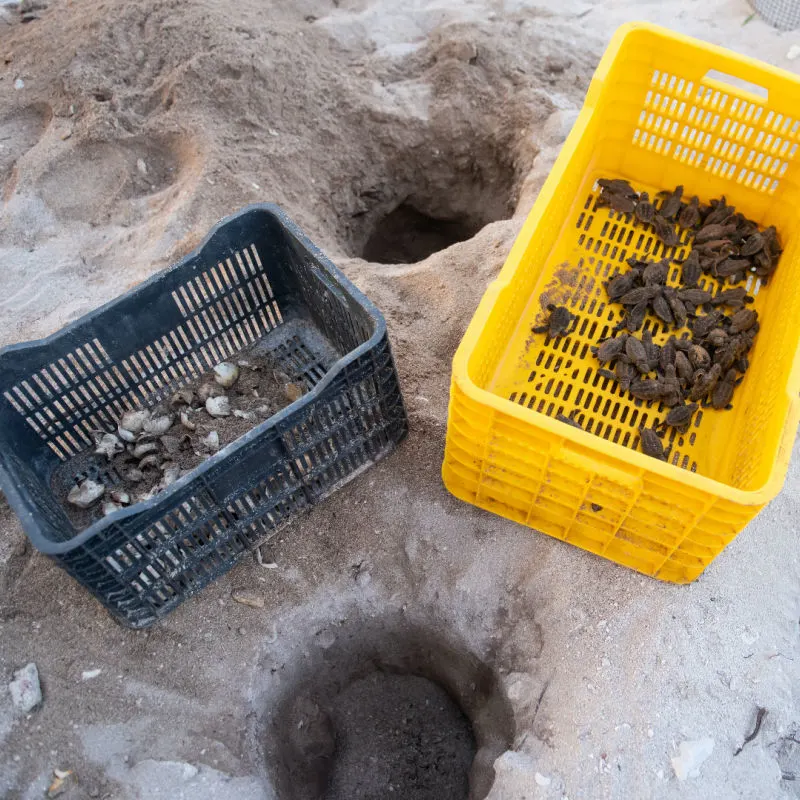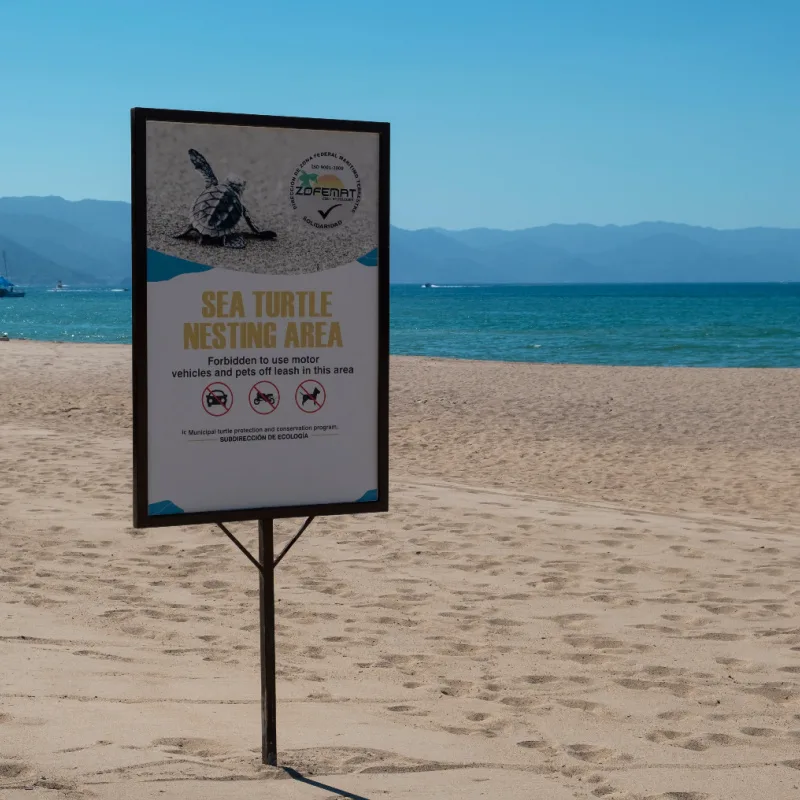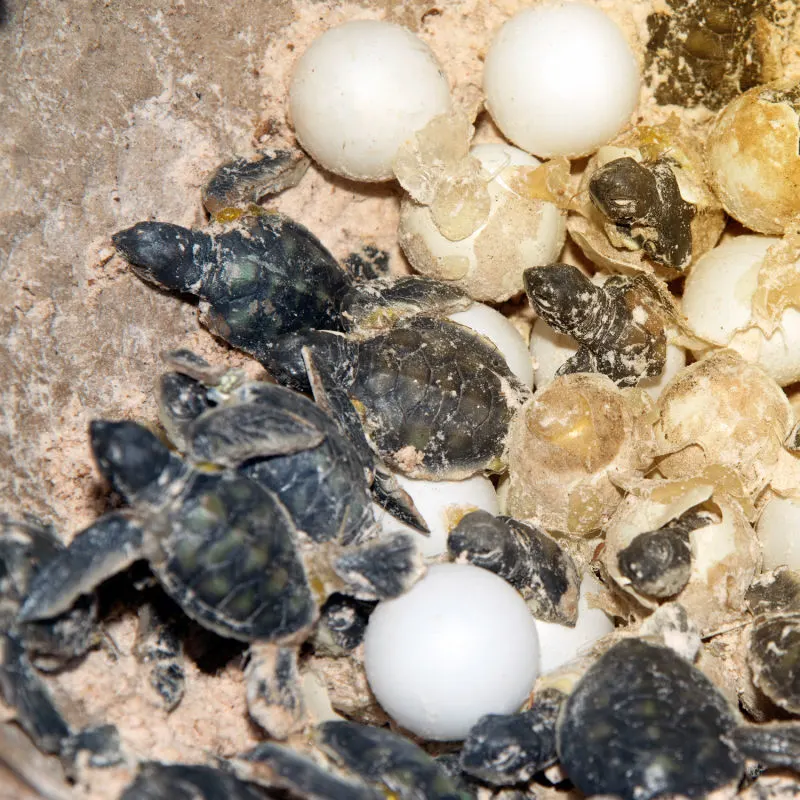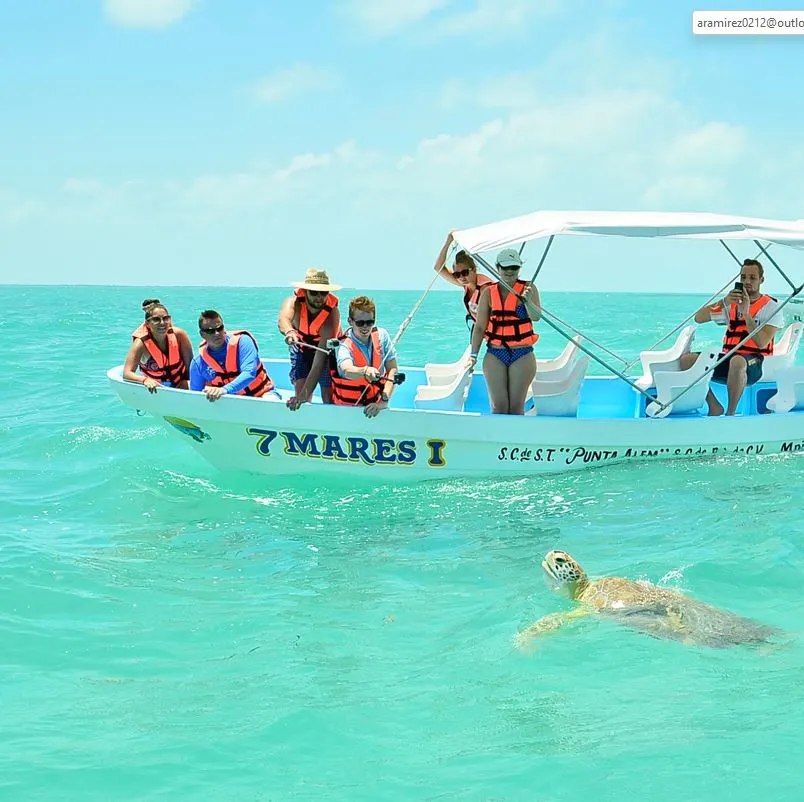Last Updated
Los Cabos authorities are increasing their committment to protecting the region’s endangered turtle species, announcing that they have introduced a new incubation pen for breeding season in San Jose del Cabo.
Unfortunately, recent rises in tourist numbers have led to tourist vehicles on beaches destroying nests and breeding sites.

Graciela Tiburcio Pintos, who is a wildlife conservation specialist, recently urged the government to increase awareness, as lack of knowledge if affecting endangered species. He stressed that athough there have been improvements, there needs to be more sanctions and surveillance in the nesting areas.
It is not just beach vehicles (ATVs) which are affecting the species, but also odog walkers, who walk their pets without leashes, as well as the many stray dogs and cats thaht live in the area.
Despite introducing signage in most areas, tourists and citizens are simply not respecting the signs and continue to walk over them or use the vehicles.

Unfortunately the current laws are not being enforced. Beach vehicle traffic is regulated by the Federal Martime Terrestrial Zone protocols, which prohibits damaging endangered species and their habitats.
Pintos also noted that it is not just a Los Cabos situation, as when meetings are held at national and state level the issue is prevalent across tourist destinations in the country.
The general director of Ecology and Environment, Raúl Verdugo, recently announced that 30 turtle nests have been protected so far this year. The nests are protected and monitored from the start of the incubation process to their release.

Last year more than a thousand nests were protected in the region, in a positive step towards safeguarding the life of the species.
Almost 1600 nests were protected between the Costa Azul Beach to the Eastern Cape, each containing an average of 100 eggs.
Verdugo commented that “Citizens of Los Cabos as well as private initiatives have had a positive impact on the species. People are continuing to join sea turtle conservation activities, and hotels are protecting nests.”

“The fact that the species is native to Los Cabos is also beneficial for the promotion of the area as a tourist destination”.
Los Cabos, although high tourism numbers have been extremely positive for the region, are also having certain negative impacts that the government is trying to combat.
Lately this has included increased littering on public beaches, which is also not only bad for the environment, including turtle species, but means that local beach maintenance staff are having to work up to 12 hour shifts to ensure beaches remain clean.

Many of Los Cabos’ species are already protected, including the different varieties of whales which migrate to the waters off Cabo San Lucas. Tour boats and wildlife trips implement strict regulations to remain at least 200 feet away from whales to avoid disturbing their habitat.
The impact on wildlife and the local area is due to the boom in visitor numbers seen since the beginning of the year, with the area receiving over a million tourists in the first half of the year.
Hotels in the area are the busiest they have been in Los Cabos’ history, leading to the need for building new hotels and facilities.

The area has also quickly risen in popularity as a luxury destination, with a host of celebrity visitors choosing it as their holiday destination, including Justin Bieber and Michael Jordan among others.
All of these factors are having a positive impact on the perception of Los Cabos as a tourist destination and is also leading to a positive economic impact in the country which is being used to further promote the area.
